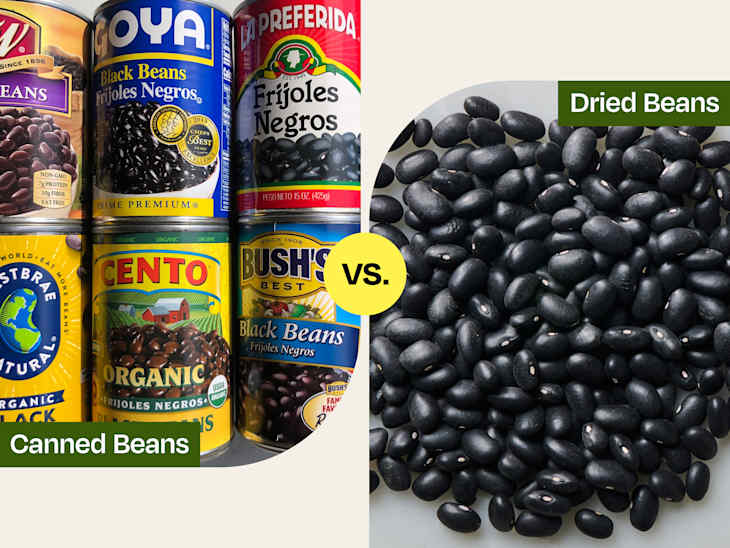

There are a lot of things I aspire to do. Somewhere between “Be on Jeopardy!” and “Get better at surfing” is maybe the most crucial of all: “Cook dried beans on the regular.” Like, what a flex, right?!
Of course, canned beans are equal parts delicious and convenient. (Just ask these chefs.) At the same time, it’s hard to shake the appealing virtues of cooking beans from scratch, especially if you’re taking a closer look at ingredient lists (and by association, your own health goals). But when you boil it down, are they really all that different?
I asked registered dietitians to spill the beans. Here’s what they had to say about the differences (or not!) in nutrients, ingredients, versatility, and price. Plus, a few tips on what to make.
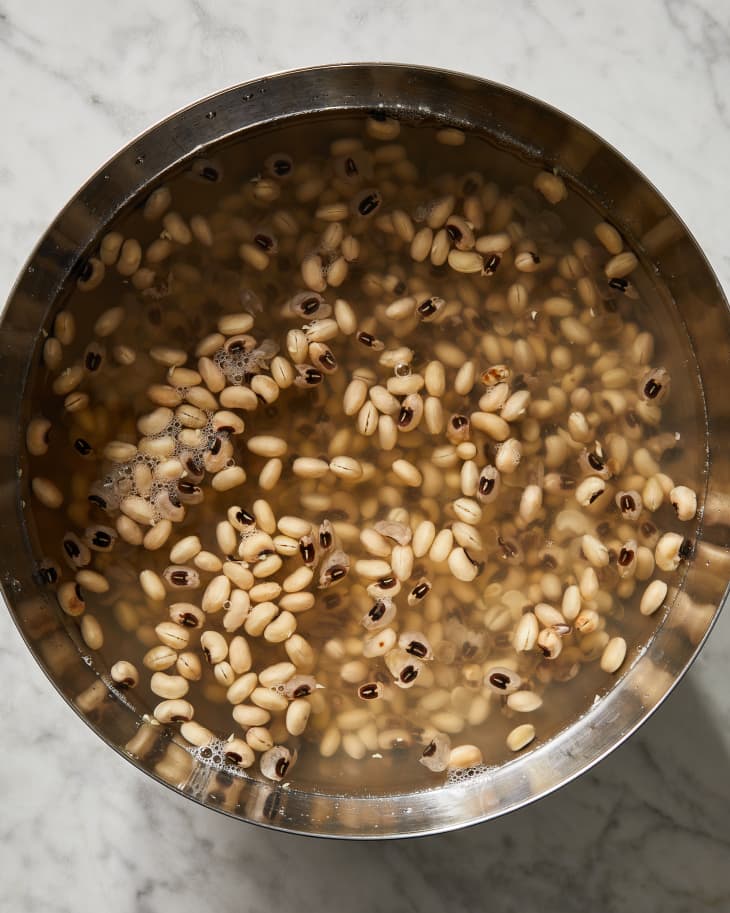
Canned vs. Dried Beans: Nutrition Facts
Beans of all varieties are musical, fibrous, and a high source of protein. According to registered dietitian Kiran Campbell, canned and dried beans are essentially equally full of vitamins and minerals, like magnesium, iron, and zinc. Each typically packs 7 or 8 grams of protein per half-cup serving, explains registered dietitian Amanda Sauceda, which is double the amount you’d find in half a cup of milk and slightly more than you’d find in a single egg. Both are also excellent sources of prebiotic fiber and are themselves a resistant starch (which helps with maintaining blood sugar levels and gut health).
While the nutritional content is nearly identical, Sauceda notes some folks will find dried beans easier to digest than their canned counterparts. The soaking in water ahead of cooking helps to reduce the type of sugar that can contribute to that digestional discomfort (and yes, that all-too-familiar “musical” element beans are so known for).
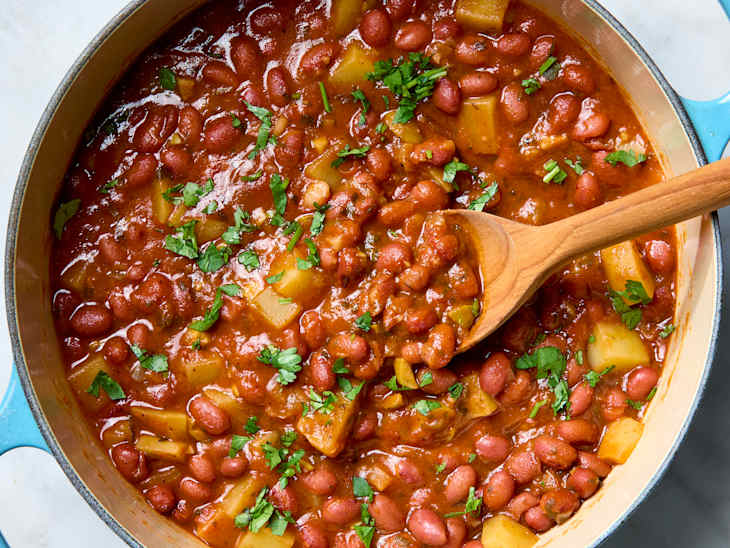
Canned vs. Dried Beans: Ingredients List
As you might expect, dried beans typically just contain one ingredient: beans. The canned stuff can contain any number of additional ingredients, including water, salt, and other seasonings. “For most people, the amount of sodium in canned beans isn’t a significant contributor to total salt intake compared with more processed foods,” says registered dietitian Avery Zenker. Some canned beans can include preservatives, but there’s usually plenty of varieties on shelves that don’t.
Zenker advises consumers to check out the sodium levels on canned varieties (or grab no- and low-sodium ones), especially if you’re watching your salt intake (or merely just trying to manage the salt levels in a recipe). When in doubt, though, a good rinse will be able to remove most of the salt from canned beans. “In general, the best beans are the ones you’ll actually eat,” she adds, whether they’re canned or dried.
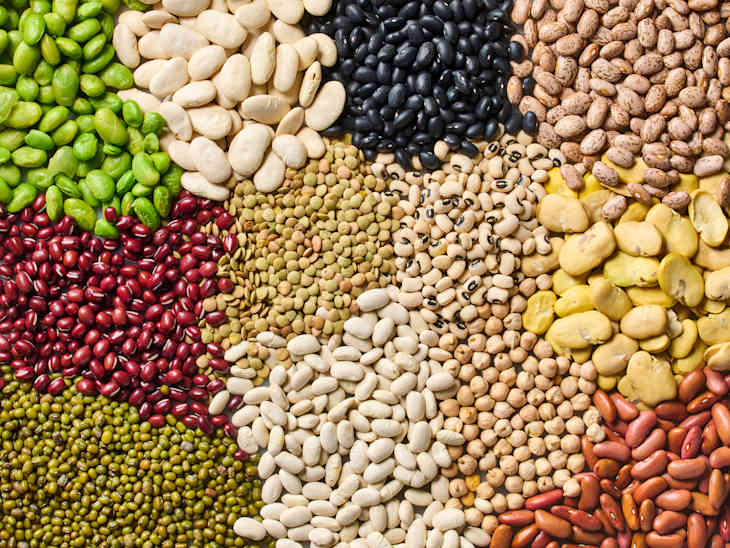
Canned vs Dried Beans: Variety & Versatility
“You’re more easily able to find canned kidney, pinto, and black beans on your grocery shelf, whereas dried beans open the door to wider selection,” Sauceda adds. I get as excited about new Rancho Gordo heirloom bean releases as Taylor Swift fans do about her albums. Sauceda feels the same, especially when wanting to add variety to her cooking. And with names like Christmas Lima Beans and Occhio della Cappra (eye of the goat in Italian), these velvety, nutty, brothy varieties are more than a good enough reason to make a batch from scratch.
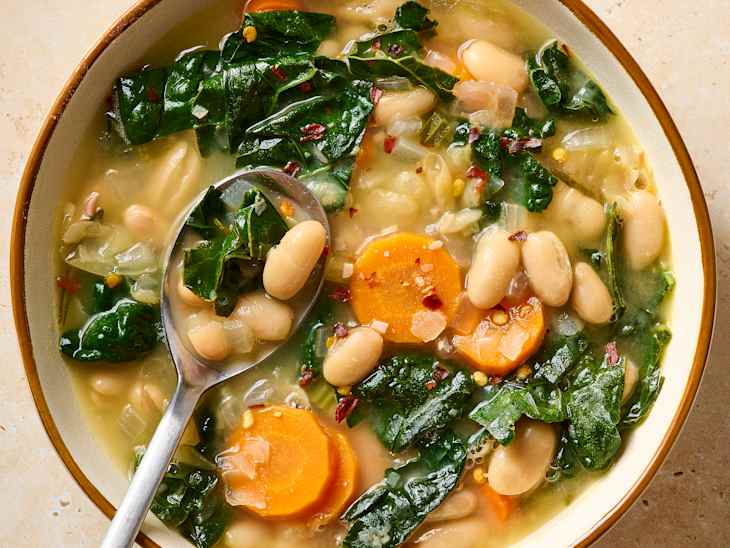
Canned vs Dried Beans: Price
If you’ve ever made a pot of beans at home, it’s hard not to notice that they’re the clear winner in the “bang for your buck” department. “I wish more people knew how easy it is,” says Sauceda, who cooks dried beans herself on a weekly basis. “Nutritionally, they aren’t any different than canned, but flavor- and budget-wise you get so much more.”
It’s not even close, either. Roughly speaking, a 1-pound bag of dried pinto beans (which is as low as $1.19 at Kroger), will yield around six cups of cooked beans. A typical can of pintos, which includes the liquid in its weight measurement, shakes out to around 1.75 cups of beans once drained. Cans start at $1 at Kroger. So, if your goal is max capacity beans (and a lower grocery bill), dried beans are for you.
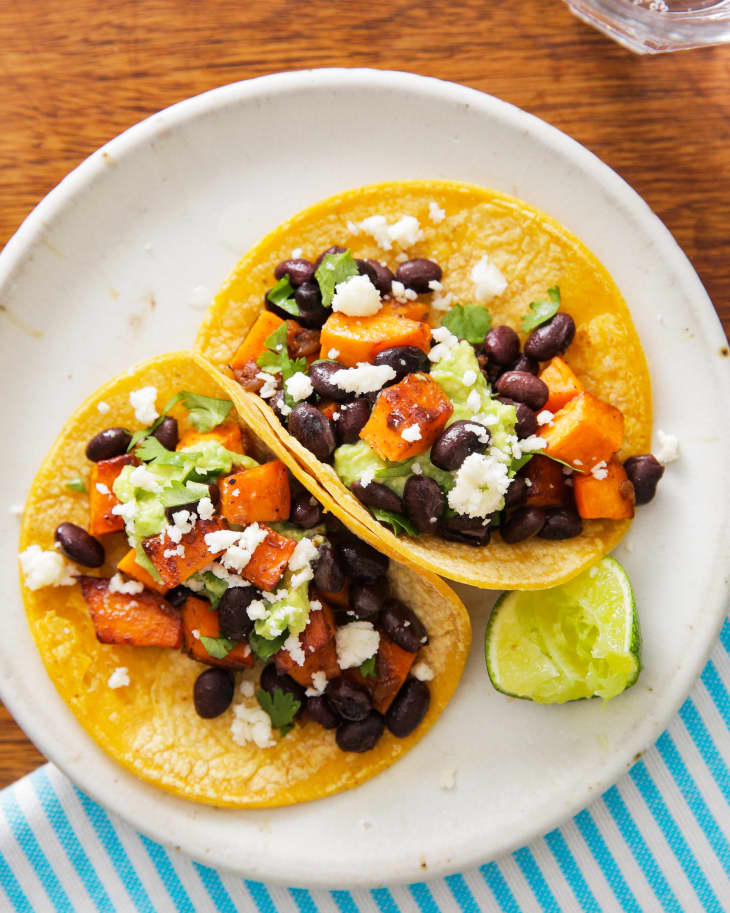
Canned vs. Dried Beans: Best Ways to Use Them
Dried beans, on the whole, tend to be creamier and nuttier out of the pot, adding a bit more dimension and a wider range of textures to a whole host of dishes, while canned varieties are more uniform and with less frills. If convenience and speed are your main objectives when blending up a white bean hummus for a snack or stewing black beans for a quick taco night, canned beans are hard to beat. From there, your own taste buds and textural preferences can steer you toward the best bean for any recipe.
As mentioned before, dried beans will be a bit easier to adapt to recipes, especially if you’re needing to control salt levels for health, flavor preferences, or even for a sweet use, such as a pan of black bean brownies (don’t knock it ’til you try it). Plus, there’s something to be said about how much more fun it can be to layer flavor with your favorite aromatics, a leftover ham hock, or a homemade spice blend.
Are you team canned or dried beans? Tell us about it in the comments below.
The Weekly Checkout
Sign up for The Weekly Checkout to get the most up-to-date grocery news, tips, and highlights.